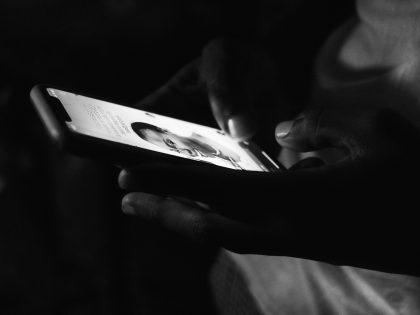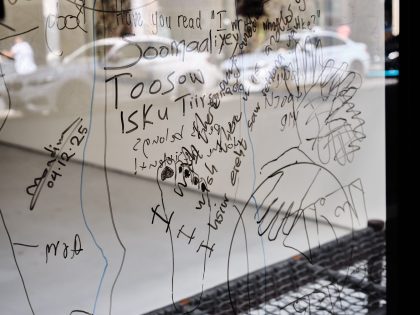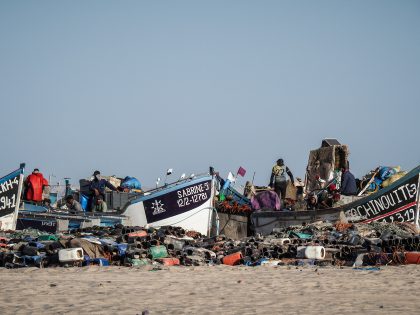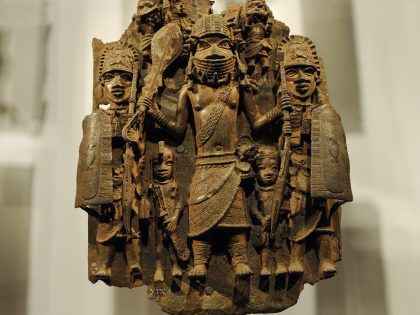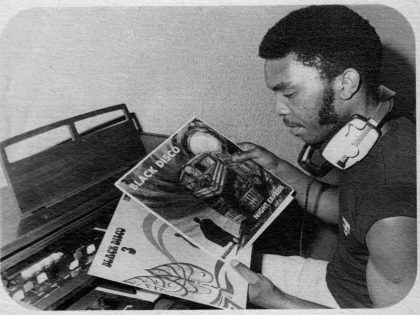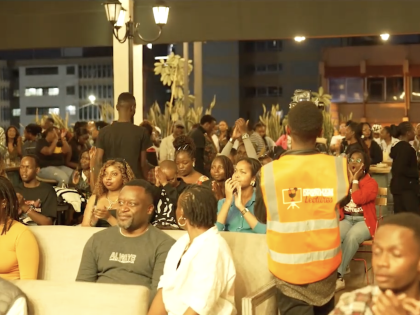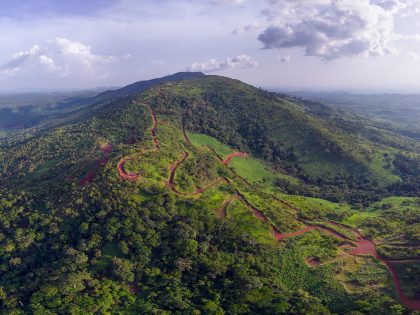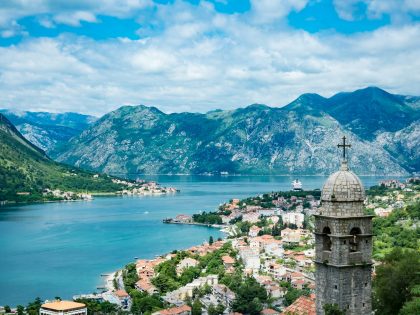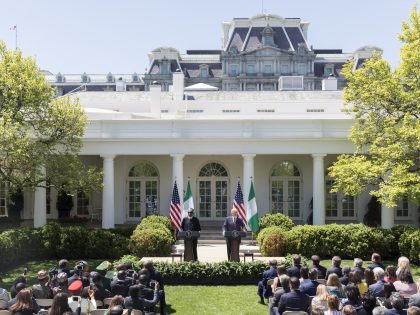The confused lens of memory and trauma
The Rwandan film, "Grey Matter," is part of prestigious traveling film exhibition, the Global Film Initiative.

Still from 'Grey Matter.'
In December, the Global Film Initiative announced ten award winning narrative feature films to represent their Global Lens 2012 series, a collaboration between MoMA and the Global Film Initiative, which will tour the world as a traveling film exhibition. The series aims to coax filmmakers in emerging film communities into action by showcasing the talents of contemporary global filmmakers. The films selected for this years collection come from Argentina, Brazil, Colombia, Iran, Iraq, Morocco, Rwanda and Turkey — a truly exciting cross section of recent world cinema output. Rwandan director Kivu Ruhorahoza’s Matière Grise (Grey Matter) was one of the films selected, following a fantastic reception at various film festivals.
The first film made by a Rwandan, living in Rwanda, and shot in Kigali, “Grey Matter” premiered at Tribeca in 2011, and portrays life in Rwanda today, merging fantasy and reality through the confused lens of memory and trauma to depict the aftermath of the genocide.
The jury at Tribeca gave Grey Matter special mention, “for it audacious and experimental approach, the film speaks of recent horros and genocide with great originality.”
The Shadow and Act blog, that champions film by people of African descent (and now part of Indiewire) called Grey Matter “Fellini-esque,” linking the anguished filmmaker-within storyline to Fellini’s own 8 1/2 , “… as film’s that centre on filmmakers in some turmoil, as the dream world blurs with reality…”
Christopher Bell on The Playlist blog (also at Indiewire) has reservations about the film, suggesting that it falls short of the mesmerizing and hypnotic qualities of the films it is so clearly influenced by — Miguel Gomes’ Our Beloved Month of August or much of Apichatpong Weerasethakul’s work. Yet it does, he writes, successfully build a powerful force of a “deep, pent-up rage bubbling throughout the film, one that never quite explodes but is still thoroughly felt.”
In The New York Times, critic David DeWitt observes that ‘there are no emotional fireworks here, just smoldering, quiet, lonely agony.’
You can read an interview with Kivu in The New York Times here.






